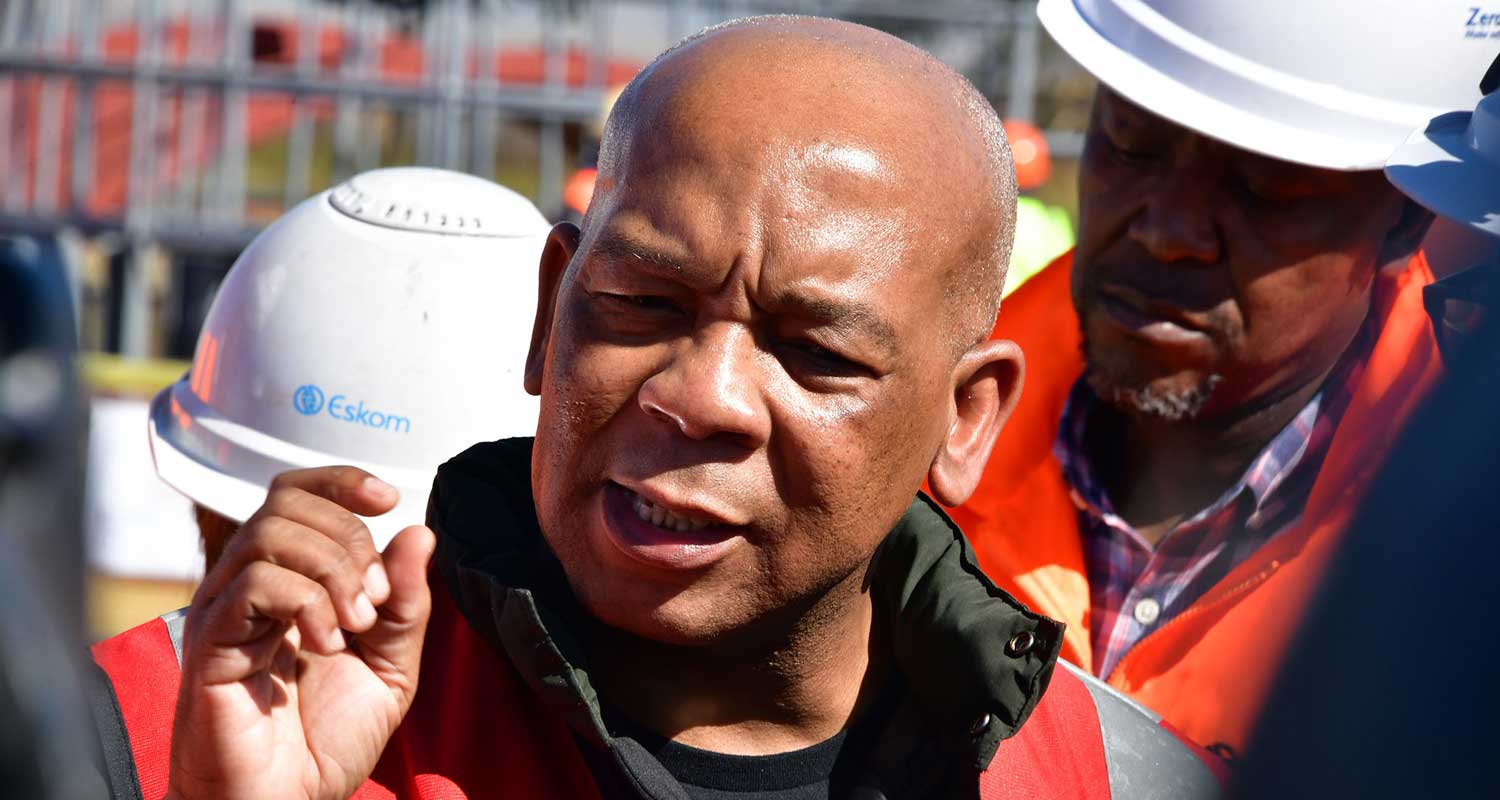
South Africa is planning to scale up its grid capacity as it works to both address the crippling power shortages that have plagued it for 15 years, and also put the country on track to meet its decarbonisation goals.
According to electricity minister Kgosientsho Ramakgopa, the country will increase transmission lines by 14 218km over in the next 10 years and will seek to boost transformers sixfold by 2033, as it tries to keep up with projected demand from consumers and business.
“That amounts to a 600% increase in transmission infrastructure over the next 10 years,” he said at a briefing from Pretoria on Sunday.
The government is already working on three projects that will unleash 2.3GW, which would represent two levels of load shedding. The state is also expediting a further 22 projects, most in the Eastern, Western and Northern Cape, that will generate 24GW by 2033.
“It is just an alteration of the grid configuration, so that it gets to reflect the renewable energy sources and it makes it possible for us to realise that ambition of an energy mix that is biased towards renewables and help us to meet the nationally determined contribution, and also the net zero path,” Ramakgopa said.
The announcement comes after the newly established National Transmission Company (NTC) received the first licence from the national energy regulator, allowing it to become the system operator for the national grid. The licensing is another step towards the unbundling of Eskom. The company is still awaiting regulatory approval for its trading, and import and export licences.
Read: Eskom is crippling SA’s 300-year-old wine industry
“We are very concerned about that because the NTC needs all three licences in order to operate and to fulfil its intended functions,” Saul Musker, director of strategy and delivery support in the presidency said at the same event. “Given the enormous importance of fully operationalising the transmission company for South Africa, our hope is that we would be able to resolve this sooner rather than later and have the remaining two licences in place.” — Adelaide Changole, (c) 2023 Bloomberg LP




